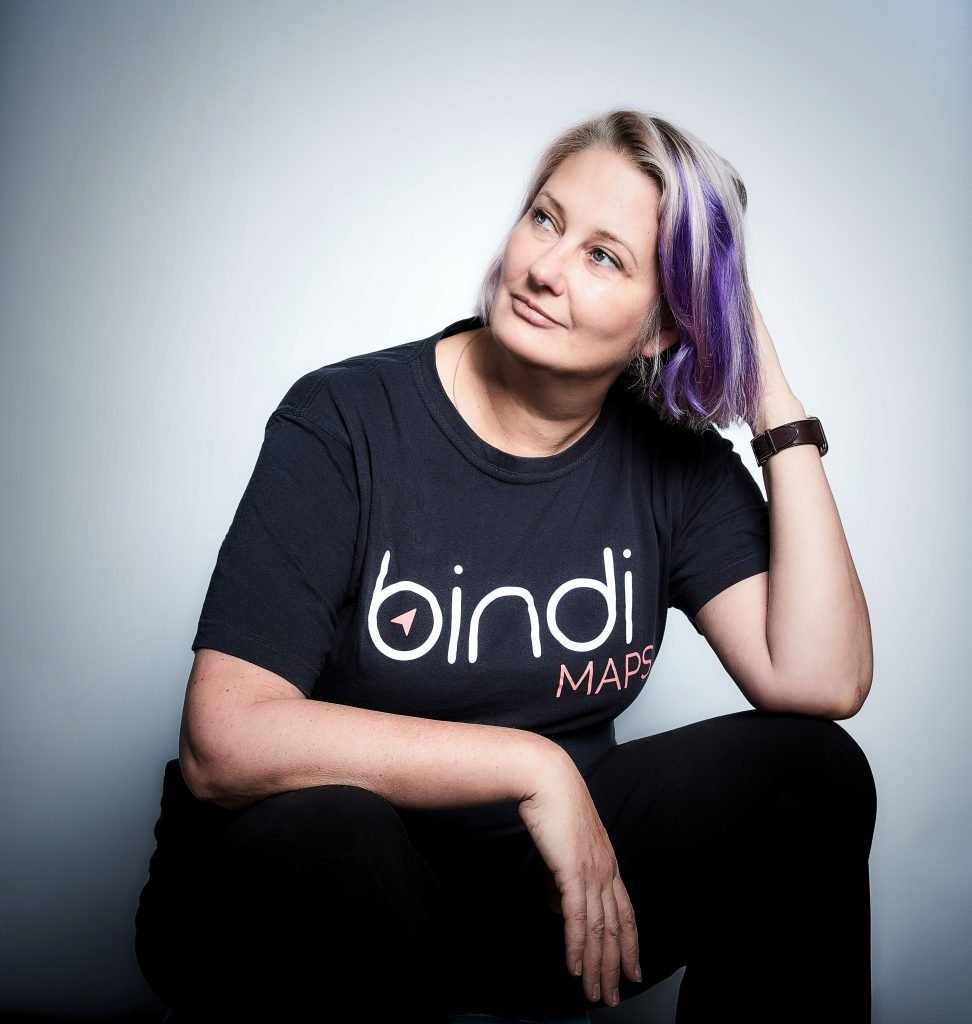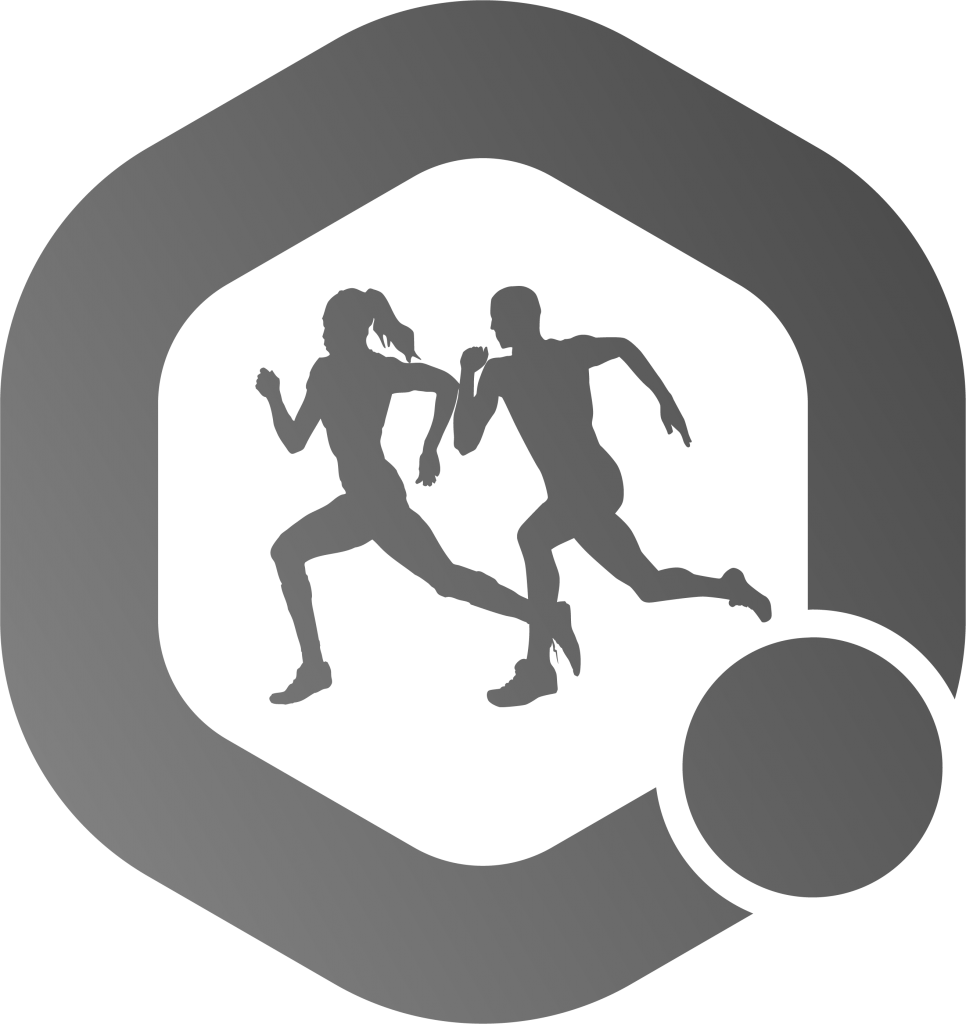BindiMaps is an app that is changing the way vision-impaired people navigate in stadiums and arenas.
The program uses a simple audio system to describe where users are and what’s around them, finding the best way to get to their chosen destination.
We caught up with the Founder and CEO of BindiMaps, Anna Wright to talk about the innovative platform she has brought forward for the visually impaired, her inspiration to develop BindiMaps whilst providing accessibility and inclusion for everyone.
A brief intro of yourself outside of the Startup world.
Prior to BindiMaps I worked in finance both in industry and as an academic. Outside of work I am a mad keen animal lover and train internationally competitive dressage horses.
I also love gardening and spending as much time as possible with my two awesome kids.
I think that during COVID and lockdown, everyone had a small taste of what it is like to be isolated. This isolation is the everyday life of many with disabilities.
BindiMaps, tell me a little bit about the name, and the reasoning for the name?
BindiMaps is short for Be Independent. Bindi was first designed for people who are blind or vision impaired, and independence is one of the things that they miss out on, especially when navigating unfamiliar spaces.
And the technology itself? How does it work?
BindiMaps is a smart phone app that uses beacons as little satellites to locate you within an internal space.

What was the reasoning behind developing the technology?
None of us like getting lost inside of an unfamiliar building, but if you are sighted then at least you have the benefit of all of the visual signage that is around you.
However, if you are blind, you can’t access those signs, and it can even be really difficult to know who the correct person to ask for help is. If you are sighted, the next time you notice a braille sign in a building, please ask yourself - if you were blind, how would you know that the braille sign is there?
Is there a personal story? Where did the idea come from?
A number of years ago I was diagnosed with a very rare retinal condition that should have left me blind. I did a lot of work towards preparing for a life with no sight, and made me realise just how hard some things were going to be, especially in navigating things like train stations.
How has the response been so far?
We are really thankful for the response so far. We have great customers on board, who really have accessibility and inclusion at the heart of what they do.
We also have the support of Guide Dogs, Vision Australia and Royal Society for the Blind, so that we can make sure that our product always does what we want it to do - help people with low or no vision.
If you are sighted, the next time you notice a braille sign in a building, please ask yourself - if you were blind, how would you know that the braille sign is there?
The application of BindiMaps reaches across the board with indoor venues, but one of these, is Sports, can you tell me about how this would help sports fans with visual impairment?
I think that during COVID and lockdown, everyone had a small taste of what it is like to be isolated. This isolation is the everyday life of many with disabilities.
Everyone loves to go and experience live sport, and with BindiMaps in place, sports fans with vision impairment can also enjoy a live event.
However, we all get lost at times, and it can be frustrating asking for help - and at sports events, often the staff are casual so they don’t know where things are either.
With BindiMaps, we can take you all the way to your seat in the venue, to the food and other shops and to the restrooms, all without having to ask someone else for help
You received seed funding, and just went through the Startup Bootcamp Sports & Event accelerator, what is the next step?
We have actually just closed another cap raise, and we are very grateful to everyone who backed us! We are now ramping up even more, and looking at installing at many more venues here in Australia before we head overseas.
What have been some of the personal challenges you have had to face as a startup founder?
Being told “no” so often!! You really have to back yourself, and follow what you think is the right way to go.
There are many people with opinions, and who are very well meaning, but there comes a point where you just have to trust yourself and get on with it.
And how do you deal with overcoming these challenges both at a personal and professional level?
I find that the best way is to keep at the front of my mind the reason why BindiMaps exists.
Knowing that we are working to dramatically change the lives of people with vision impairment really is a great motivator to keep pushing in!
READ: In conversation with Sultan Shah, former captain & current chairman of Pakistan Blind Cricket
When we spoke last time, you said BindiMaps will be everywhere, are there are plans to add languages to the audio, and has this been done yet?
There are definitely plans! It is not a simple “google translate” though so it is a work in progress at this stage.
What are your future plans for BindiMaps?
My plan is that one day, BindiMaps will become so normal in everyday life that it will almost be odd not to have it! People will say “remember when …” and laugh at how much easier their lives are now that Bindi is everywhere.
But with that extra convenience for those who can see, there will also be the independence for those with vision impairment - and access to education, jobs and social events that those of us with sight take for granted
Any other thoughts/comments?
Thank you! One extra comment - for those with vision impairment, if they have a tertiary education they are 60% more likely to get a full-time role. 60%!!
There are no barriers to the actual study, with all of the technology that we now have around us like screen readers.
However, the physical access to class rooms and the like is a huge barrier, and that is what I look forward to solving.

